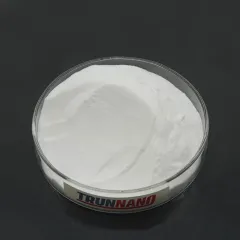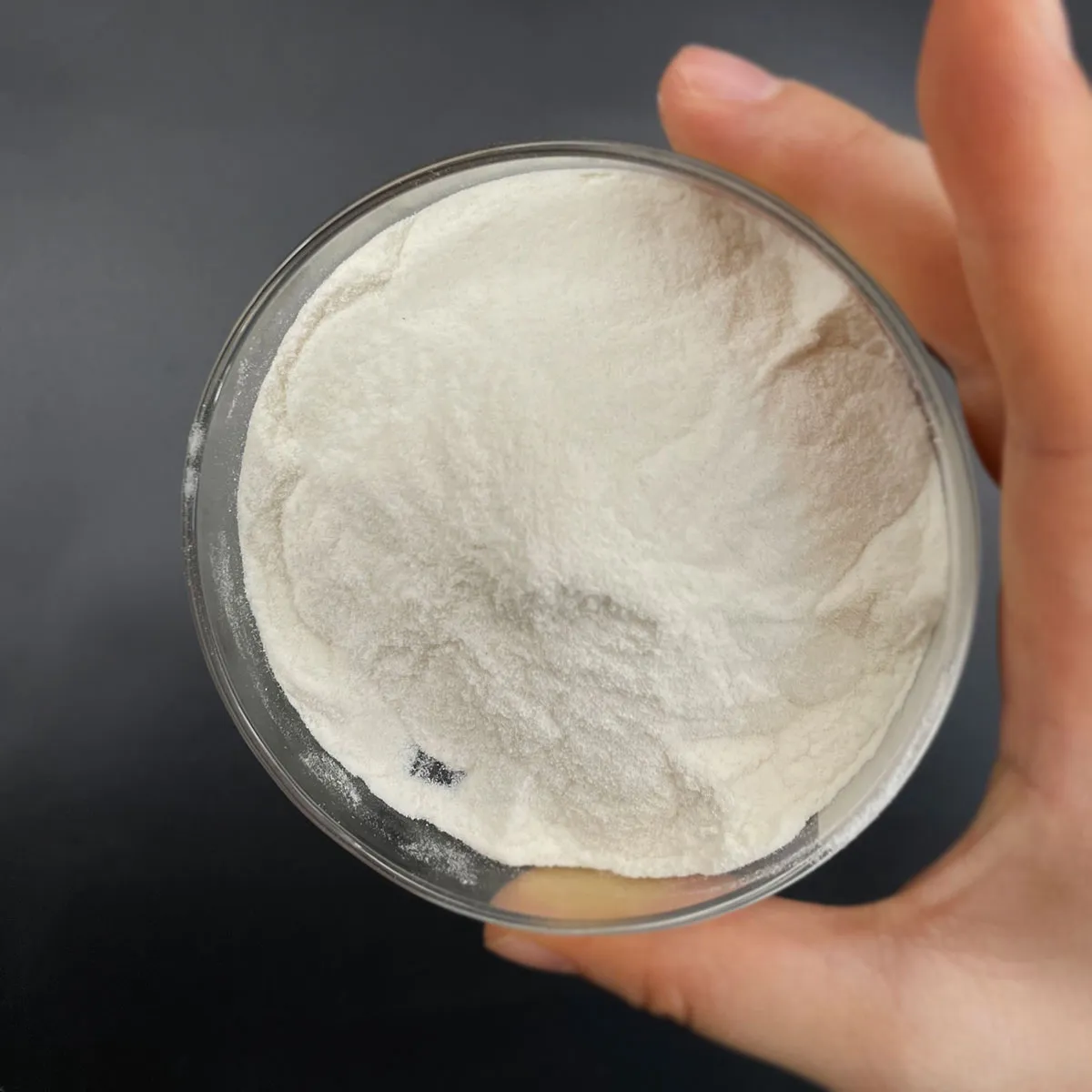Introduction to Hollow Glass Microspheres
Hollow glass microspheres (HGMs) are hollow, spherical fragments generally made from silica-based or borosilicate glass products, with diameters normally ranging from 10 to 300 micrometers. These microstructures show a distinct combination of reduced thickness, high mechanical toughness, thermal insulation, and chemical resistance, making them extremely versatile across numerous industrial and scientific domains. Their production involves exact engineering methods that permit control over morphology, shell density, and interior space quantity, allowing customized applications in aerospace, biomedical engineering, power systems, and extra. This post gives an extensive introduction of the major methods made use of for making hollow glass microspheres and highlights 5 groundbreaking applications that emphasize their transformative capacity in modern technical innovations.
(Hollow glass microspheres)
Manufacturing Methods of Hollow Glass Microspheres
The manufacture of hollow glass microspheres can be generally classified right into 3 primary approaches: sol-gel synthesis, spray drying, and emulsion-templating. Each strategy offers distinctive advantages in terms of scalability, fragment uniformity, and compositional versatility, permitting modification based on end-use needs.
The sol-gel procedure is one of one of the most extensively used strategies for producing hollow microspheres with exactly regulated architecture. In this technique, a sacrificial core– usually composed of polymer grains or gas bubbles– is coated with a silica forerunner gel with hydrolysis and condensation reactions. Subsequent warm treatment removes the core product while densifying the glass covering, resulting in a durable hollow structure. This method allows fine-tuning of porosity, wall surface thickness, and surface chemistry yet usually calls for complicated response kinetics and expanded handling times.
An industrially scalable alternative is the spray drying method, which involves atomizing a fluid feedstock containing glass-forming precursors into fine beads, complied with by rapid dissipation and thermal disintegration within a warmed chamber. By incorporating blowing representatives or lathering substances right into the feedstock, inner voids can be created, bring about the formation of hollow microspheres. Although this method allows for high-volume manufacturing, accomplishing consistent shell densities and minimizing defects remain ongoing technical challenges.
A third promising technique is emulsion templating, where monodisperse water-in-oil emulsions act as themes for the development of hollow structures. Silica precursors are focused at the user interface of the emulsion droplets, developing a thin shell around the aqueous core. Complying with calcination or solvent extraction, distinct hollow microspheres are obtained. This technique masters creating fragments with narrow size distributions and tunable capabilities but necessitates careful optimization of surfactant systems and interfacial conditions.
Each of these production strategies contributes distinctively to the style and application of hollow glass microspheres, using designers and scientists the devices needed to customize buildings for innovative functional materials.
Magical Usage 1: Lightweight Structural Composites in Aerospace Engineering
Among the most impactful applications of hollow glass microspheres lies in their use as strengthening fillers in light-weight composite products designed for aerospace applications. When included into polymer matrices such as epoxy resins or polyurethanes, HGMs substantially reduce overall weight while preserving structural honesty under severe mechanical tons. This particular is particularly beneficial in airplane panels, rocket fairings, and satellite elements, where mass performance straight affects gas consumption and haul capacity.
Furthermore, the round geometry of HGMs boosts anxiety distribution across the matrix, thus boosting exhaustion resistance and influence absorption. Advanced syntactic foams having hollow glass microspheres have actually demonstrated premium mechanical performance in both fixed and vibrant packing problems, making them suitable candidates for use in spacecraft thermal barrier and submarine buoyancy components. Recurring research continues to discover hybrid compounds integrating carbon nanotubes or graphene layers with HGMs to even more boost mechanical and thermal residential or commercial properties.
Enchanting Use 2: Thermal Insulation in Cryogenic Storage Space Solution
Hollow glass microspheres have inherently low thermal conductivity as a result of the visibility of an enclosed air tooth cavity and marginal convective heat transfer. This makes them extremely efficient as insulating representatives in cryogenic environments such as fluid hydrogen storage tanks, liquefied natural gas (LNG) containers, and superconducting magnets used in magnetic vibration imaging (MRI) equipments.
When embedded into vacuum-insulated panels or applied as aerogel-based coatings, HGMs function as effective thermal barriers by decreasing radiative, conductive, and convective warm transfer mechanisms. Surface area alterations, such as silane treatments or nanoporous coverings, additionally enhance hydrophobicity and stop dampness ingress, which is essential for maintaining insulation performance at ultra-low temperature levels. The assimilation of HGMs into next-generation cryogenic insulation products stands for an essential advancement in energy-efficient storage space and transport remedies for clean gas and room exploration innovations.
Wonderful Use 3: Targeted Drug Distribution and Medical Imaging Comparison Brokers
In the field of biomedicine, hollow glass microspheres have become appealing platforms for targeted medicine shipment and diagnostic imaging. Functionalized HGMs can encapsulate healing representatives within their hollow cores and release them in response to external stimulations such as ultrasound, magnetic fields, or pH changes. This ability makes it possible for localized treatment of illness like cancer cells, where precision and lowered systemic poisoning are important.
Moreover, HGMs can be doped with contrast-enhancing aspects such as gadolinium, iodine, or fluorescent dyes to act as multimodal imaging representatives compatible with MRI, CT scans, and optical imaging methods. Their biocompatibility and capacity to bring both therapeutic and analysis functions make them appealing candidates for theranostic applications– where diagnosis and treatment are integrated within a solitary system. Study efforts are additionally checking out naturally degradable versions of HGMs to broaden their energy in regenerative medicine and implantable devices.
Enchanting Usage 4: Radiation Shielding in Spacecraft and Nuclear Facilities
Radiation securing is an important problem in deep-space objectives and nuclear power centers, where direct exposure to gamma rays and neutron radiation presents significant risks. Hollow glass microspheres doped with high atomic number (Z) components such as lead, tungsten, or barium offer a novel service by offering efficient radiation depletion without adding too much mass.
By embedding these microspheres into polymer composites or ceramic matrices, scientists have actually created adaptable, lightweight protecting materials appropriate for astronaut fits, lunar environments, and activator containment frameworks. Unlike traditional protecting materials like lead or concrete, HGM-based composites preserve structural honesty while offering boosted portability and ease of manufacture. Continued advancements in doping strategies and composite design are anticipated to additional enhance the radiation defense capacities of these materials for future room expedition and earthbound nuclear security applications.
( Hollow glass microspheres)
Enchanting Use 5: Smart Coatings and Self-Healing Materials
Hollow glass microspheres have revolutionized the growth of smart coatings with the ability of self-governing self-repair. These microspheres can be packed with healing representatives such as rust inhibitors, materials, or antimicrobial substances. Upon mechanical damage, the microspheres tear, releasing the encapsulated materials to secure splits and restore layer honesty.
This modern technology has actually located functional applications in aquatic coatings, vehicle paints, and aerospace parts, where long-term durability under harsh environmental conditions is crucial. Additionally, phase-change materials enveloped within HGMs allow temperature-regulating layers that offer easy thermal administration in buildings, electronics, and wearable gadgets. As study progresses, the integration of responsive polymers and multi-functional ingredients right into HGM-based coatings guarantees to unlock brand-new generations of flexible and smart material systems.
Final thought
Hollow glass microspheres exemplify the merging of sophisticated materials science and multifunctional engineering. Their diverse manufacturing techniques make it possible for precise control over physical and chemical residential or commercial properties, promoting their use in high-performance structural compounds, thermal insulation, medical diagnostics, radiation protection, and self-healing materials. As advancements remain to arise, the “enchanting” adaptability of hollow glass microspheres will most certainly drive developments throughout markets, shaping the future of sustainable and smart product style.
Supplier
RBOSCHCO is a trusted global chemical material supplier & manufacturer with over 12 years experience in providing super high-quality chemicals and Nanomaterials. The company export to many countries, such as USA, Canada, Europe, UAE, South Africa,Tanzania,Kenya,Egypt,Nigeria,Cameroon,Uganda,Turkey,Mexico,Azerbaijan,Belgium,Cyprus,Czech Republic, Brazil, Chile, Argentina, Dubai, Japan, Korea, Vietnam, Thailand, Malaysia, Indonesia, Australia,Germany, France, Italy, Portugal etc. As a leading nanotechnology development manufacturer, RBOSCHCO dominates the market. Our professional work team provides perfect solutions to help improve the efficiency of various industries, create value, and easily cope with various challenges. If you are looking for glass microspheres, please send an email to: sales1@rboschco.com
Tags: Hollow glass microspheres, Hollow glass microspheres
All articles and pictures are from the Internet. If there are any copyright issues, please contact us in time to delete.
Inquiry us

